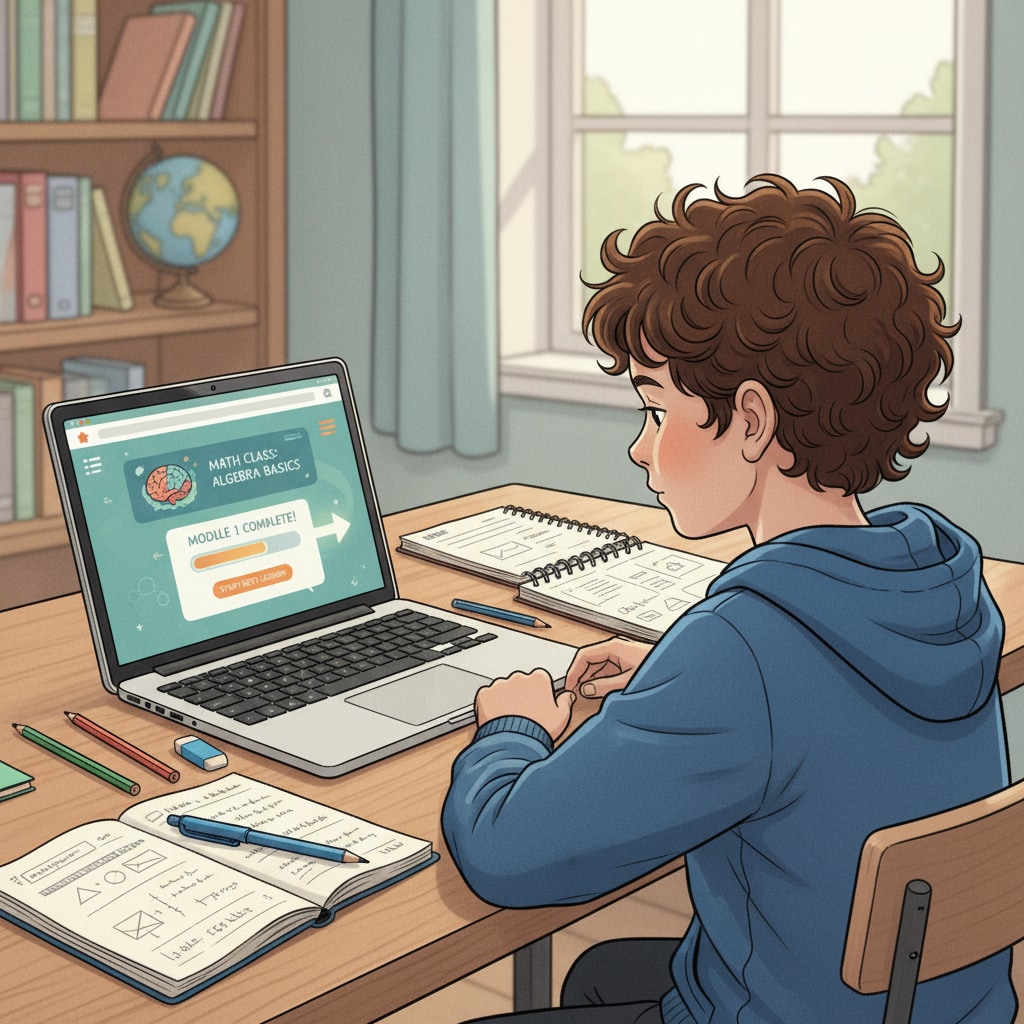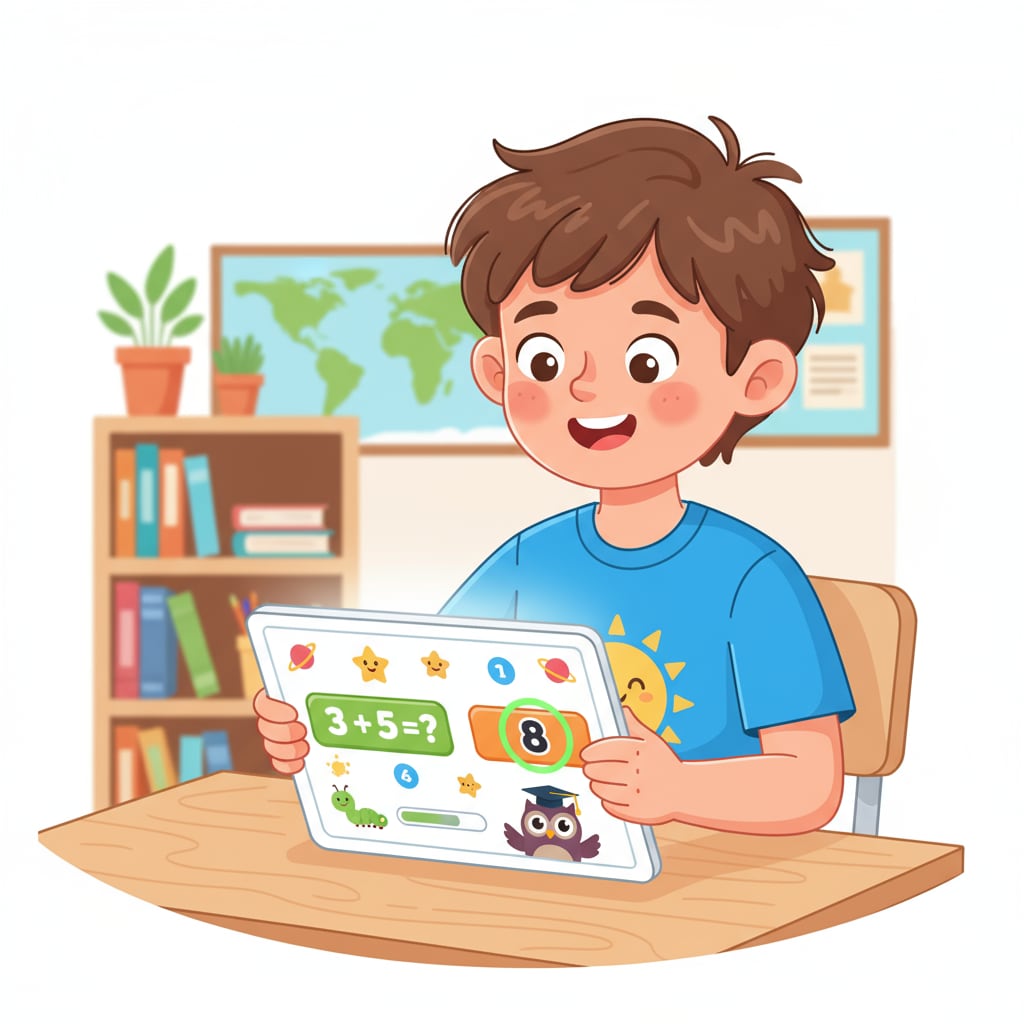Home education, academic resources, and teaching arrangements play a crucial role in shaping a child’s learning journey. In this article, we will explore five essential academic resources for home education and provide practical guidelines on how to incorporate them into your weekly teaching schedule. These resources can help parents create a systematic learning environment, whether you are engaged in full-time home education or after-school tutoring.
Online Educational Platforms
Online educational platforms offer a wealth of learning materials. Websites like Khan Academy provide free courses covering various subjects, from mathematics to history. You can select relevant courses according to your child’s grade and learning needs. For example, if your child is struggling with algebra, you can find step-by-step tutorials on the platform. To integrate this resource into your weekly teaching plan, set aside a specific time each day or week for your child to access these online courses. This could be during afternoons or evenings, depending on your family’s schedule.

Educational Apps
Educational apps are another great resource for home education. Apps such as Duolingo for language learning and Prodigy for math can make learning fun. Duolingo offers interactive language lessons, while Prodigy presents math problems in a game-like setting. Incorporate these apps into your teaching plan by allowing your child to use them during short breaks or as part of their daily learning routine. For instance, you can assign 15 – 20 minutes of Duolingo practice every morning to improve language skills.

Library books are a classic yet invaluable resource. Visit your local library regularly to borrow books related to different subjects. Fiction books can enhance reading comprehension, while non-fiction ones provide in-depth knowledge. Create a reading schedule for your child. Set aside time each day for silent reading or reading aloud together. This not only improves their reading ability but also strengthens the parent-child bond.
Educational videos on platforms like YouTube can be a powerful teaching tool. Channels such as Crash Course offer engaging and informative videos on various academic topics. You can search for videos related to what your child is learning. Integrate these videos into your teaching by watching them together as a family or having your child watch them independently and then discussing the content. This can help reinforce learning and make complex concepts more understandable.
Readability guidance: By using these various academic resources and carefully integrating them into your weekly teaching arrangements, you can significantly enhance your child’s home education experience. Remember to adapt the usage of these resources according to your child’s interests and learning pace, ensuring a well-rounded and effective learning environment.


